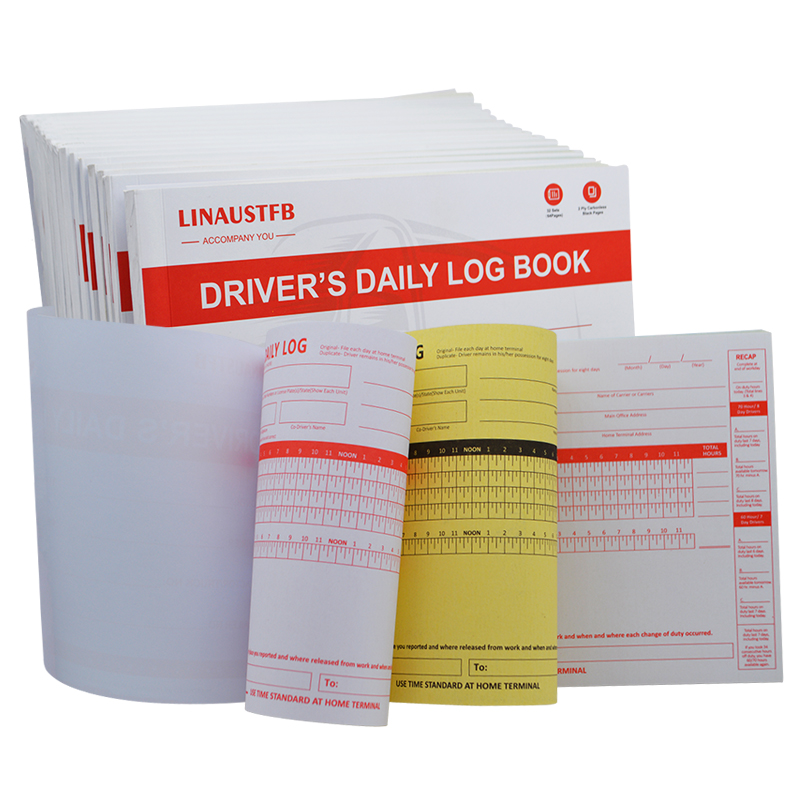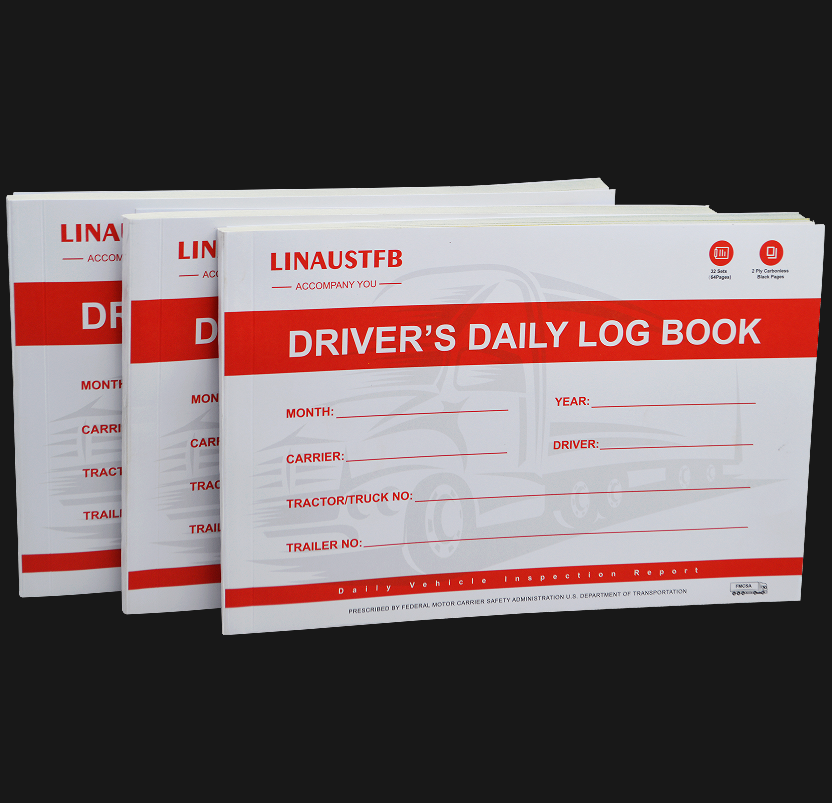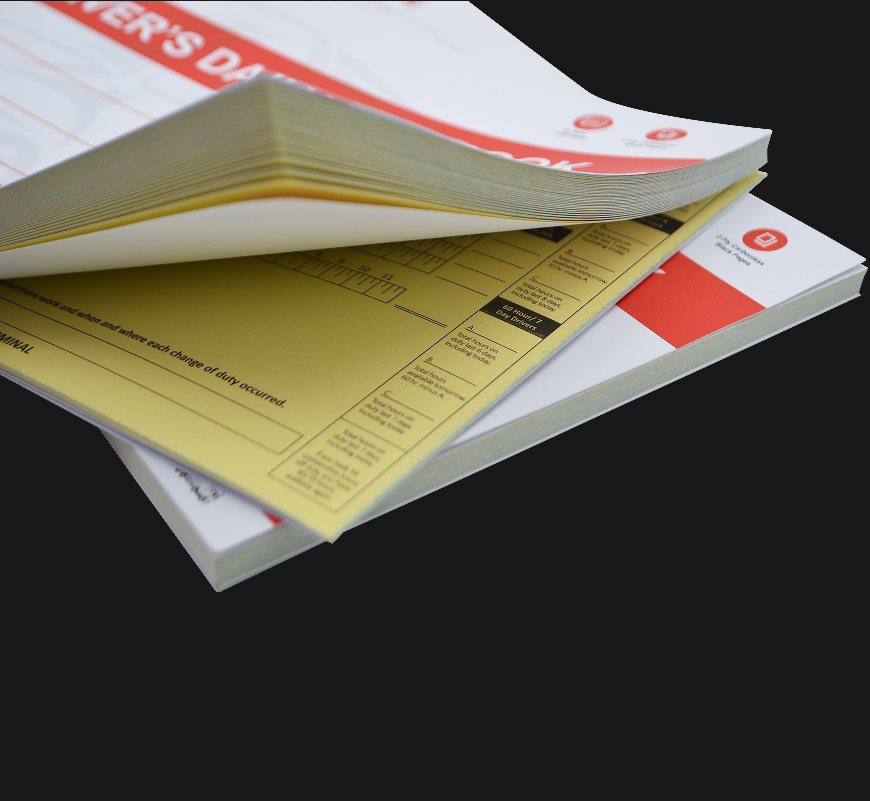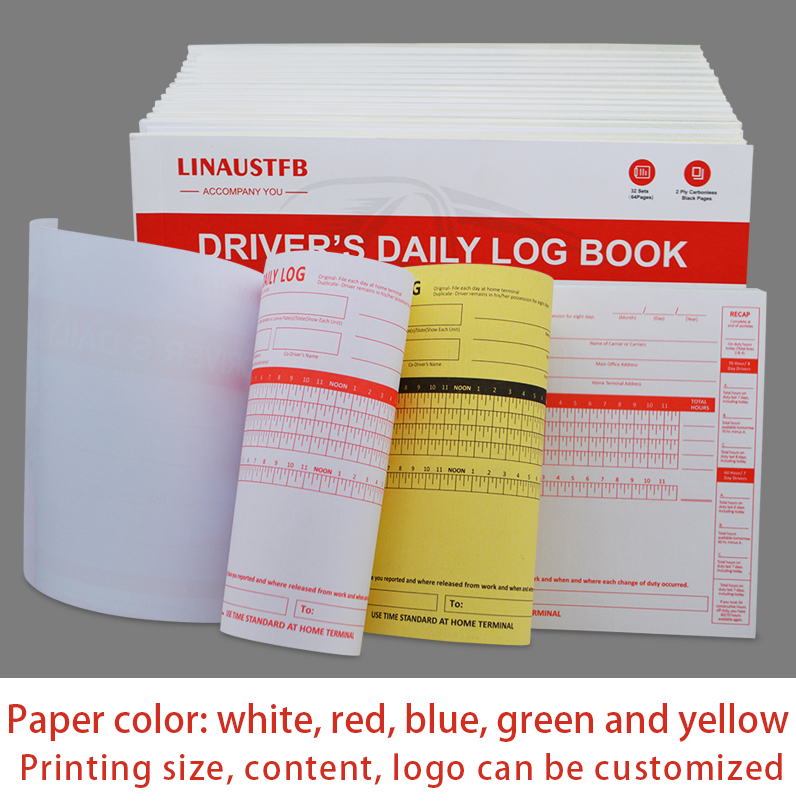Products Description
Here’s a description of the contents typically recorded in a Driver’s Daily Log Book in the United States, along with the source of this information:
Driver’s Daily Log Book Contents (U.S.)
Driver Information
Full name.
Commercial Driver’s License (CDL) number.
Vehicle Information
Vehicle Identification Number (VIN) or license plate number.
Carrier (company) name and address.
Date
24-hour period (midnight to midnight) for the log.
Total Miles Driven
Odometer readings or total miles driven that day.
Duty Status
Driving: Hours spent operating the vehicle.
On-Duty Not Driving: Time spent working but not driving (e.g., loading, inspections, paperwork).
Off-Duty: Time not performing work-related tasks (e.g., rest, sleep, personal time).
Sleeper Berth: Time spent resting in the vehicle’s sleeper berth (if applicable).
Location
City and state where each duty status change occurs.
Remarks
Notes on delays, inspections, accidents, or other incidents.
Signatures
Driver’s signature certifying the log’s accuracy.
Carrier representative’s signature (if required by the employer).
24-Hour Summary
Total hours for each duty status (driving, on-duty, off-duty).
ELD Information
If using an Electronic Logging Device (ELD), include:
ELD manufacturer name.
ELD model and certification number.
Source of Information
The requirements for the Driver’s Daily Log Book are mandated by the Federal Motor Carrier Safety Administration (FMCSA) under the Hours of Service (HOS) regulations (49 CFR Part 395). These rules ensure compliance with driving time limits to prevent fatigue-related accidents.
Key references:
FMCSA Regulations: 49 CFR § 395.8 (Record of Duty Status).
ELD Mandate: FMCSA ELD Rule.
Important Notes
Drivers must retain logs for 7 days and submit them to enforcement officers upon request.
Falsifying logs can result in fines or penalties under FMCSA rules.
Let me know if you need further details!
Tags:
Technical parameter

Success Story 1

Success Story 2
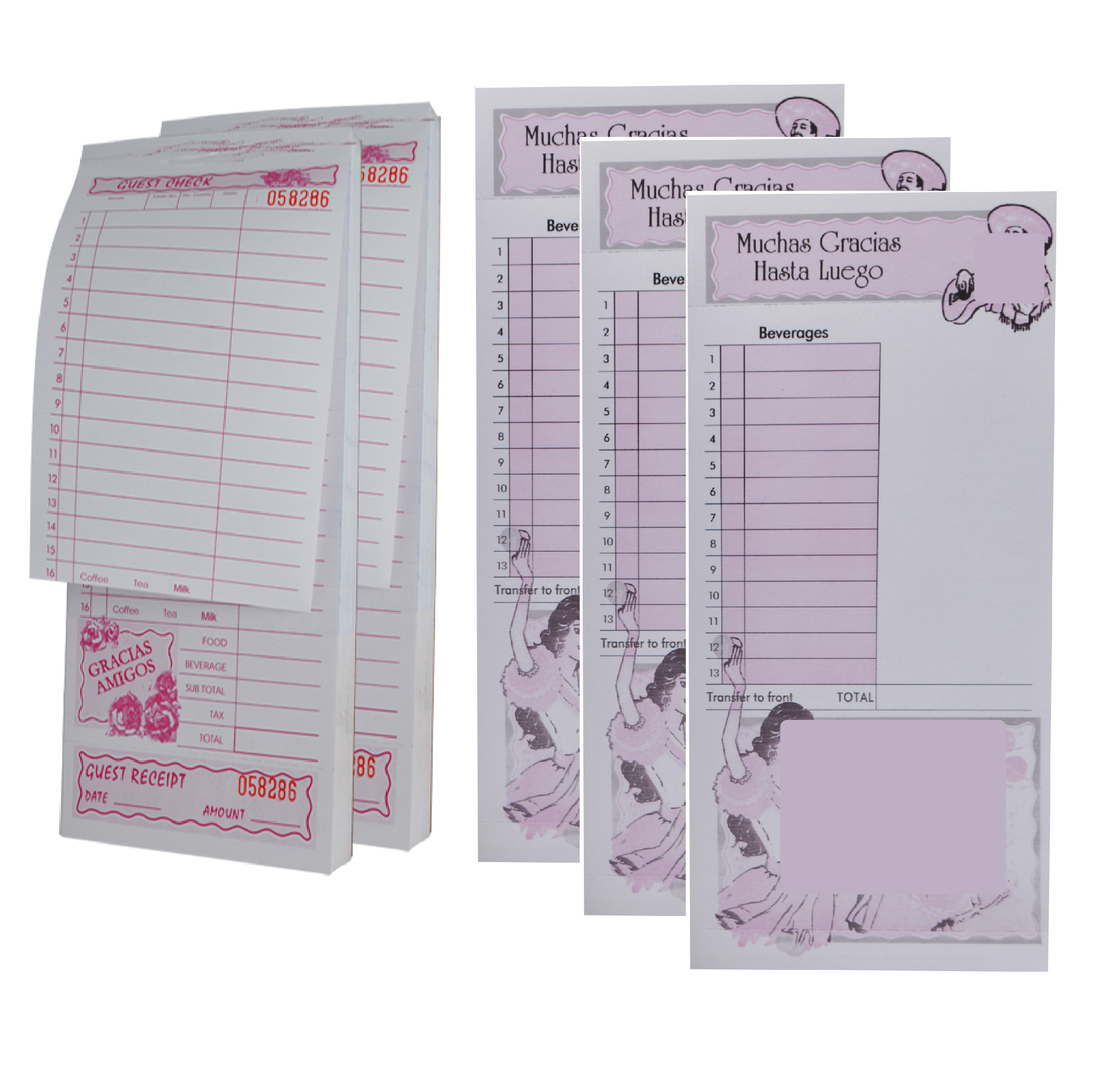
Success Story 3

Success Story 4


